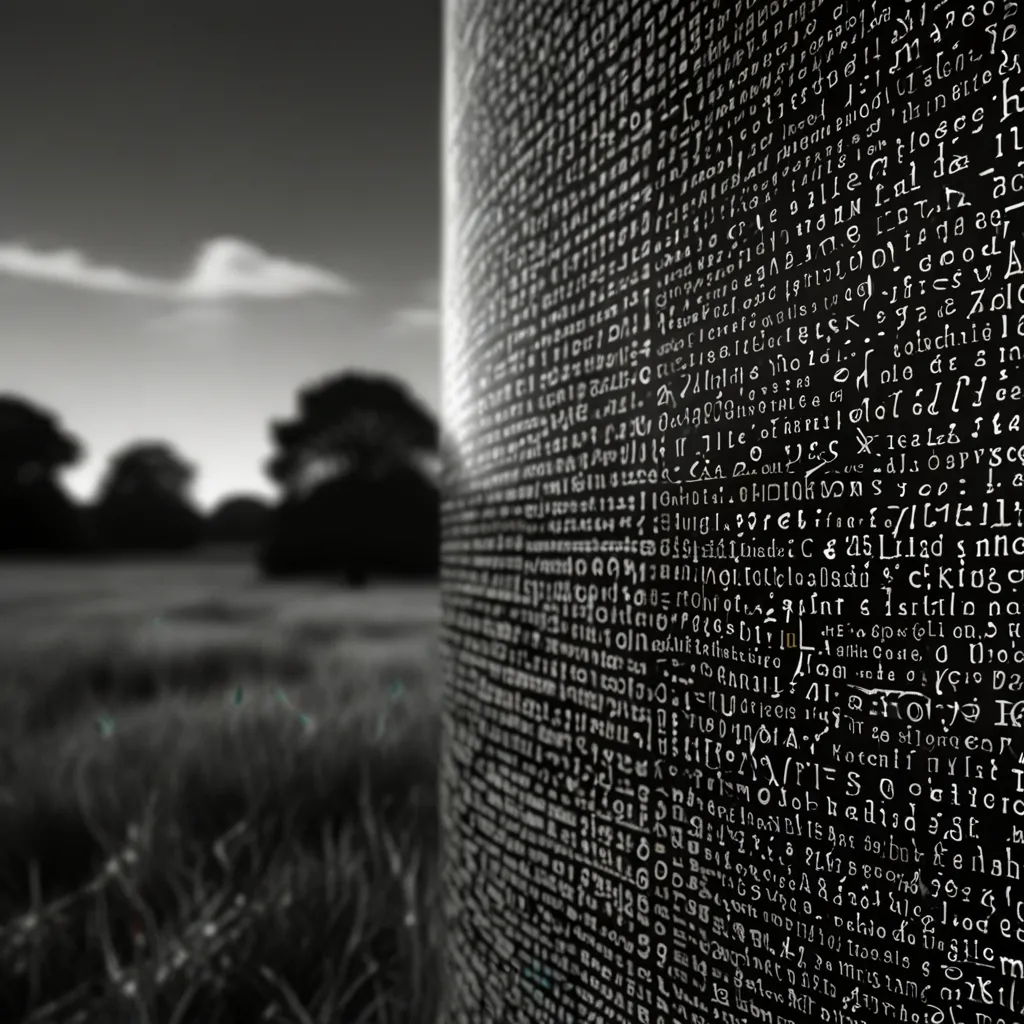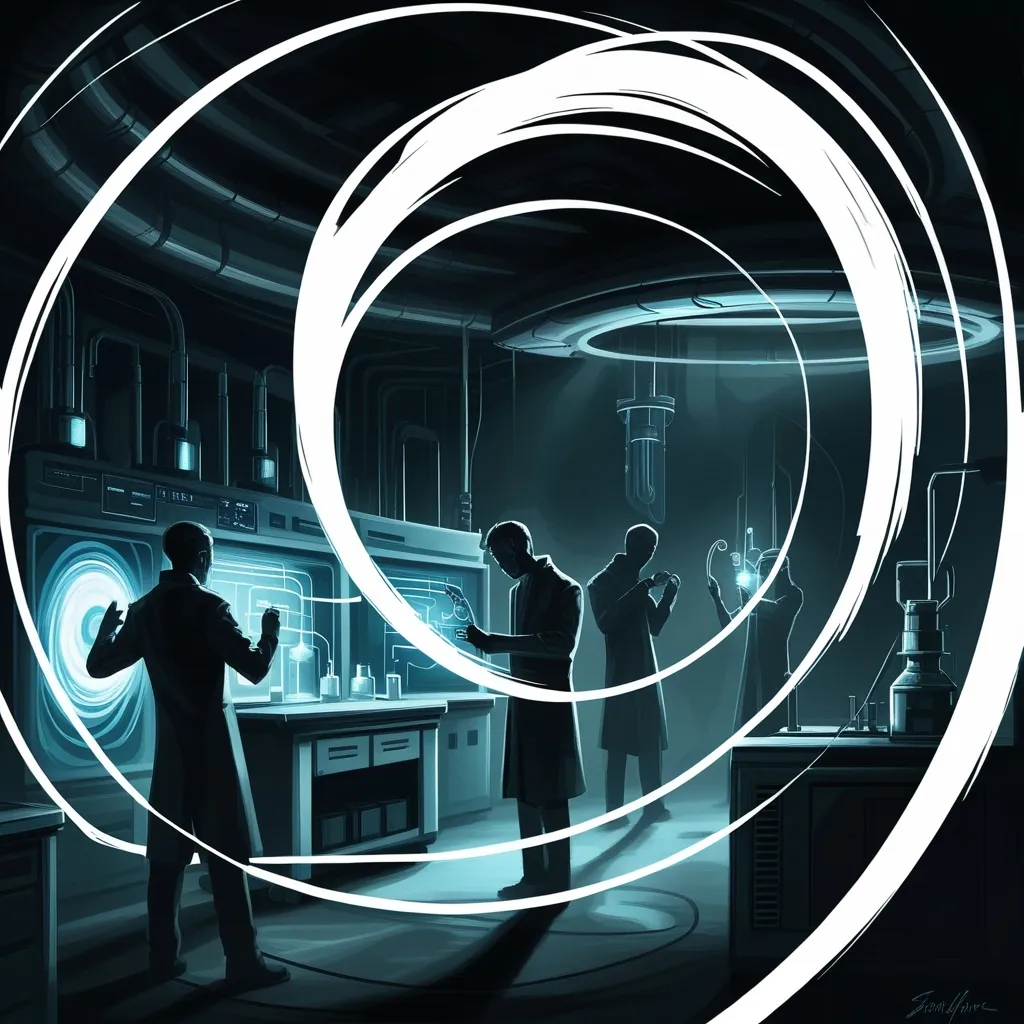On the crisp morning of January 4th, 2012, a bizarre message popped up on the internet. Just a few lines of text on a black background, posted anonymously, read “Hello. We are looking for highly intelligent individuals. To find them, we have devised a test. There is a message hidden in this image. Find it, and it will lead you on the road to finding us. We look forward to meeting the few who will make it all the way through. Good luck, 3301.” People speculated it was some kind of recruitment tool—maybe for the NSA, CIA, MI6, or even the Masons. But who was behind this? What was its purpose?
When you throw down a challenge on the internet promising a puzzle for the highly intelligent, people jump at it. Thus, the hunt for Cicada 3301 began.
The first puzzle was posted on 4chan, by the self-identified group 3301. Solvers tried various methods to decode the hidden message—filters, Photoshop, you name it. But the solution wasn’t in the image itself. It was in plain text. When the image was opened in a text editor, it revealed a string of characters. Using a Caesar Cipher (a method where you shift letters of the alphabet a fixed number of places), the characters translated into a URL, leading to another image.
But wait, it didn’t stop there. The new image contained keywords indicating how to get the secret message out. The words “guess” and “out” hinted it needed to be run through a small application called OutGuess, used for steganography—hiding messages within other messages. OutGuess revealed a page on Reddit and another clue, a book cipher this time.
And so, the chase continued.
Cicada 3301 used codes, steganography, and a whole bunch of other cryptographic methods to weed out the determined from the merely curious. Participants delved deeper into the riddles, moving from simple plaintext techniques to complex book ciphers where each word or letter in the hidden message was replaced by a coordinate pointing to its location in a specific text. Solvers combed through classics like “Bullfinch’s Mythology” to decode and reveal the next mystery.
The puzzles were geared to only the sharpest minds and the most patient souls. It wasn’t just an internet game anymore; it became a global scavenger hunt. When solvers made it to Reddit, they realized they were just getting started. Reddit pages were filled with encrypted titles, odd images, and seemingly random lines of text. OutGuess on these images revealed much-needed encryption keys and PGP (Pretty Good Privacy) signatures to weed out impostors. The hunt was thrilling, a digital quest into the unknown where only the best would progress.
At one point, the trail even led to phone numbers that, when called, gave further clues tied to prime numbers hidden within images. From phone calls to hidden messages in MIDI music files, Cicada 3301 kept throwing fresh challenges. The mysterious group was pushing solvers not just to solve puzzles but to master a wide array of skills—from detailed knowledge of cryptography to familiarity with historical texts and modern coding methods.
The puzzles eventually led solvers to the dark web, where secrecy took on a new level. There, a Tor browser was required to access onion sites with further clues locked behind layers of encryption. Candidates who made it this far were instructed to create public keys and encrypt messages, confirming their identity and dedication to the cause.
However, nothing clear was ever revealed about who or what Cicada 3301 was. Finished puzzles elicited emails, more encrypted messages, and layered riddles. But, in the end, the group went silent each time after recruiting a handful of new members.
During the later phases, especially in 2013 and 2014, recruits reported receiving messages emphasizing the group’s mission: fighting tyranny, advocating for online privacy, and promoting liberty. They confirmed that Cicada 3301 didn’t involve itself in illegal activities but centered around creating open-source cryptography tools to foster privacy.
Despite the allure of Cicada 3301, it seemed the puzzles were the real stars of the show, driving people with a dopamine rush fed by each solution. Solving these puzzles was the ultimate reward. It was more about the chase, the exhilaration of cracking a code, than the actual goals of the group.
The allure of Cicada 3301 was that it wasn’t something easy to pin down. It wasn’t ordinary internet spam but rather an intricate dance of cryptography and curiosity. Each subsequent reemergence of Cicada over the years has been met with the same eager urgency by solvers worldwide, though the mystery remains unsolved. The enigmatic group seems to vanish only to promise a return with new challenges.
And, they kept their promises. Every January, like clockwork, puzzle solvers would sit at the edge of their seats, ready for the slightest hint of Cicada’s return. The decoding game was always on, leading back to Libra Primus, an enigmatic book with unsolved pages and cryptic messages suggesting deeper metaphysical meanings.
Much like the intricate puzzles it presented, Cicada 3301 has woven itself into the fabric of modern internet lore. Was it a recruitment tool? A think tank? Or just an elaborate game? No one knows for sure. What remains clear is that Cicada 3301 was a masterpiece in intrigue, a testament to human curiosity, and a symbol of the endless quest for knowledge.
So, ready for the next clue? The puzzle presupposes dedication, so share not your trail but find the path within. Somewhere here, maybe within the lines or buried in the digital ink, lies the first step towards your own road to Cicada. Seek, solve, and step into the unknown. Good luck!






